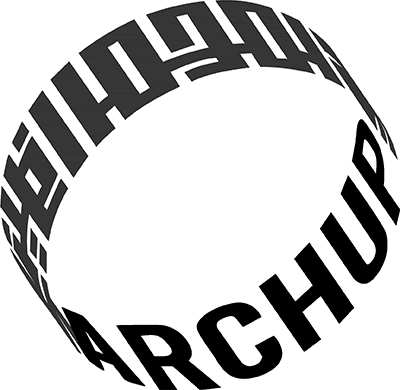PREMISE
The dawn of new-age progressive schools was started round the 1900s by Dewey as a movement of mentioning kids in lab-like schools where they learn by doing. The model helped break the stereotypes of traditional conservative methods of education which believe teaching through books and preset lessons.
But with passing time, the curiosity of youngsters is way by leaps and bounds. Questions raised within the classes today are much more expansive as a generation compared to previous centuries. From being students following a particular curriculum, their rigor is challenging every dimension of learning. These times push for brand spanking new means to find out constantly, regardless of what the topic is.
This becomes a privilege for schools that have people that are able and may be provided such exploratory means of teaching. But children who are differently/specially-abled and therefore the facilities available to them are never pushed thus far – nor even checked out within the same light.
BRIEF
Designing learning spaces for youngsters with low or no sight requires tons more attention than designing for abled kids.
Can there be various models for implementing such education environments that multiply their potential? Can design help us identify modules/methods of upgrading existing schools for differently-abled teaching? Can we implement a replacement quite pedagogy for the users in consideration?
The challenge here is to style a faculty for the blind that engages – promotes – teaches almost nearly as good as a general school for the abled children.
Taking under consideration the parallels between these learning environments can’t be equal, but exercise looks more towards raising the bar than to satisfy it at equal capacity. the planning must also specialise in methods to mentally stimulate the youngsters through other sensory ways.


 العربية
العربية